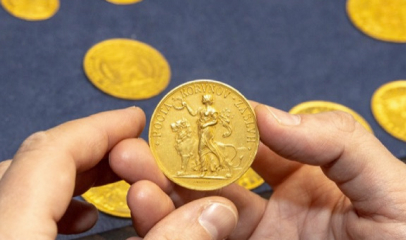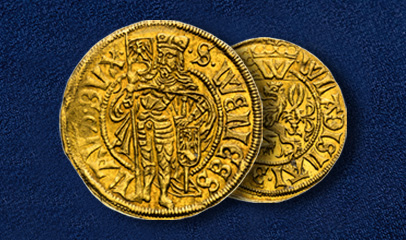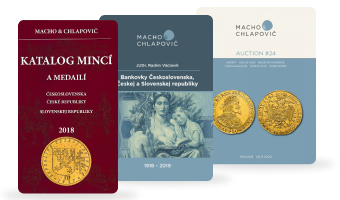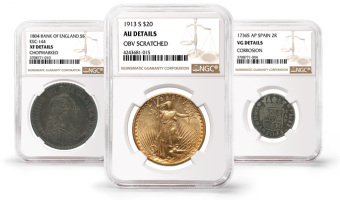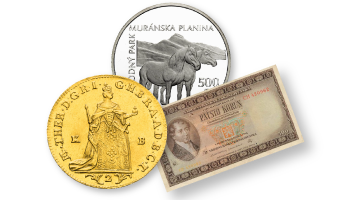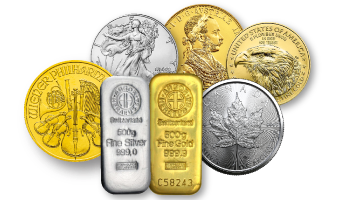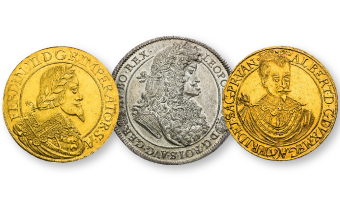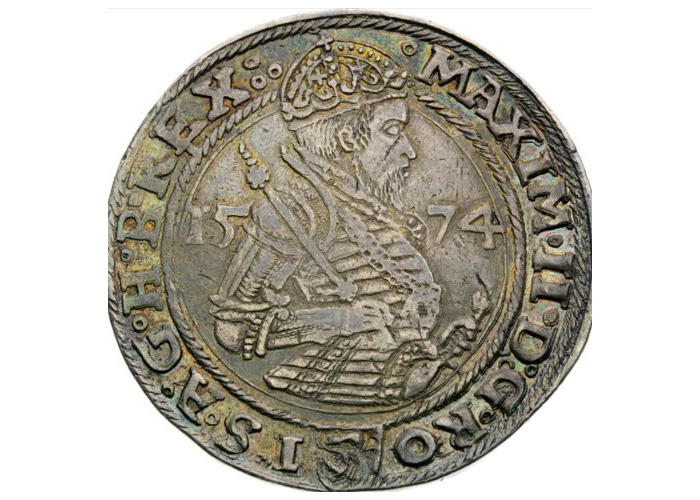
Silver mining in Rudolfstadt
As early as the middle of the 16th century, the attention of the Bohemian Chamber got focused on South Bohemian Rudolfstadt. Here the mining of silver was developing promisingly. Even though the yields of the local mines could not be compared with the yields of Joachimsthal or Kuttenberg, they earned well-deserved interest. The yields of silver mines in Joachimsthal or Kuttenberg, despite staying on a high level, have been declining significantly for decades, and with the decline in mining the royal treasury’s income decreased accordingly. The new hope that this unfavorable tendency would get reversed with the investments in Southern Bohemia raised some great expectations. At the request of the miners, and with the intention of supporting the mining business in Rudolfstadt, the Bohemian Chamber agreed in the late 1560s on opening a new mint in a nearby town of Budweis.
Mintmasters of the Budweis mint
Tobias Gebhart became the first mintmaster of the Budweis mint. Nickel Milicz from Joachimsthal delivered dies for the first coins with the date 1569. We do not know whether it was at Gebhart’s request or at the request of the Chamber, because Gebhart was appointed mintmaster in the course of 1569, at the time when the preparation of coin production was already in full swing. In any case, Milicz of Joachimsthal was soon replaced by Mates Doctor from Linz. He had known Gebhart since the early 1960s, when he supplied dies to the Prague Mint, where Gebhart worked as “varadein” (nb: deputy in charge of quality). However, even Doctor did not supply dies for a long time. As we learn from the bill submitted to the mint, it was Michal Stolz who supplied dies from 1573 at the latest. He descended from a family of goldsmiths from Wroclaw, Silesia. It is not known when he moved to Budweis. In any case, he delivered dies to the mint for all kreuzer denominations in 1573 at the latest. After the production of kreuzers was replaced by the production of talers in 1573, Stolz regularly supplied dies until 1576. It is exactly his work that is the impressive artistic elaboration of the oldest Budweis talers and also the extremely rare half-taler 1574, of which only 2 specimens are known.
Budweis Taler of 1576 and Half-taler of 1574
Probably in 1576 or at the beginning of the following year Michal Stolz moved to Prague and began supplying dies to the Prague Mint. In Budweis he was replaced by Bonifac Riedel, a native of Budweis and a goldsmith. He probably delivered the dies to the mint at the end of 1576, because with this date Budweis coins appear not only in the old design, but also in the minting of a completely new cut. On a very rare taler from Riedel’s dies from 1576, we can see the bust of a monarch with an elongated, somewhat stylized face. A striking feature of Riedel’s style are also the massive eagle heads on the reverse of the talers. Maximilian’s talers with the year 1577 were minted in the same design. Those strikes were posthumous, as the new mintage designs were waiting for the approval of by Rudolph II.
The Maximilian II. talers of Budweis can rightfully be described as rare strikes. After some promising results of the early 1570s, the yields of the Rudolfstadt mines began to grow thin and the amount of silver processed to mint commercial coins fell rapidly. The mint marginally minted taler fractions – half-talers and quarter-talers.
Budweis Taler of 1576 was sold in Auction # 26 for 19 000 eur.
Half-taler of 1574 was sold in Auction # 26 for 30 000 eur.


